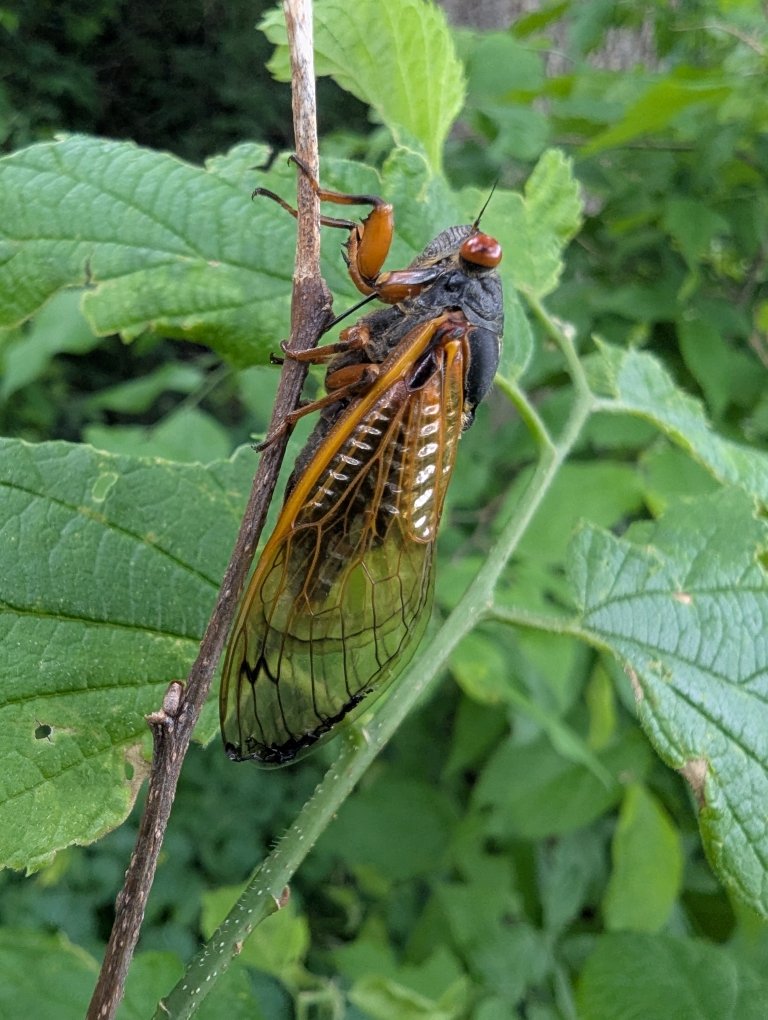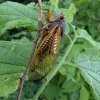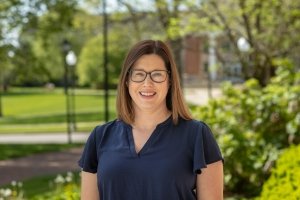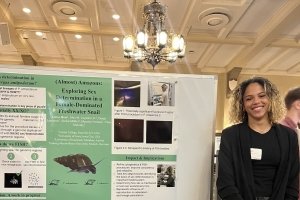Student researcher, professor buzzing about rare opportunity to study cicada emergence
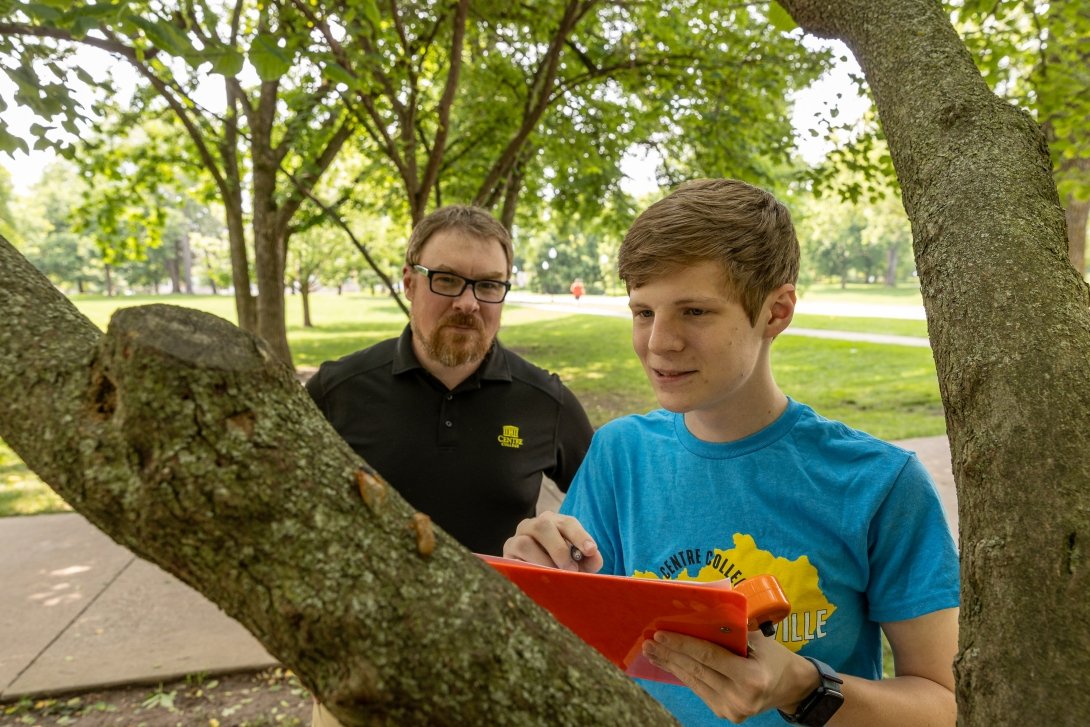
Through the summer of 2025, one topic has had residents of Central Kentucky buzzing — cicadas.
The region is at the center of the emergence of Brood XIV of periodical cicadas, which only emerge from beneath the soil for a few months every 17 years. The long dormant period between emergences means these cicadas have only been available for study 12 times since Centre College was founded in 1819.
So Associate Professor of Biology Mark Galatowitsch and student researcher Peter Daniel, class of 2027, made the most out of the summer cicada emergence, racing the clock to learn as much as possible before another 17-year wait begins.
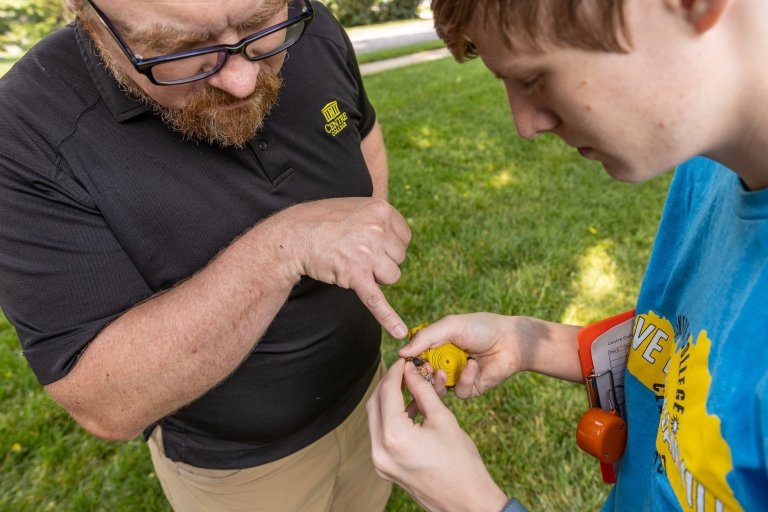
Along with analyzing data from soil monitors placed on campus and at the Central Kentucky Wildlife Refuge, the pair have been surveying areas to determine what factors were at play when the brood began to emerge as well as cataloging where the cicadas emerged in the largest numbers.
“We want to see if there is a comparison between a more urban area where trees are more spread out versus an area with more dense tree cover,” Galatowitsch said.
While the expectation might be that more cicadas would be found in undisturbed forest land with no paved areas and no disruptive activities, such as mowing or construction work, that’s not what the researchers found.
“It all started with the question, why are we seeing so many adult cicadas in urban areas versus basically nothing in the woods?” Daniel said. “What we have since come to understand is that they actually prefer trees with open space around better than being in a dense forest.”
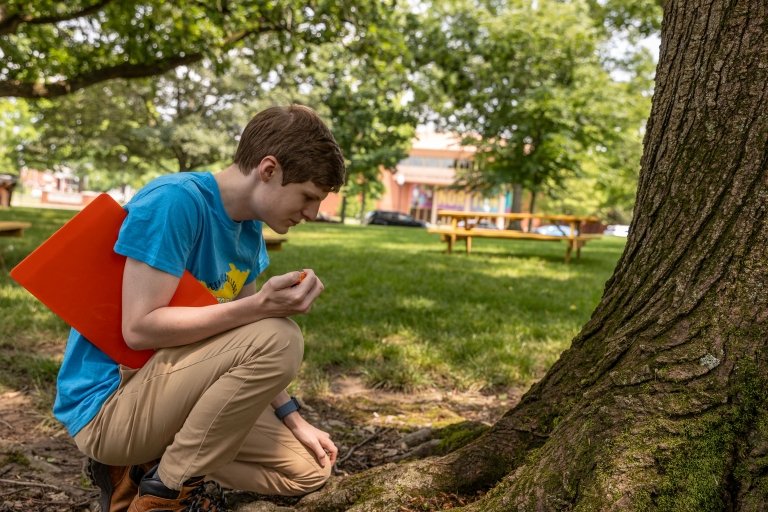
The research process is painstaking. To track how many cicadas emerge each day, Daniel visited select locations to collect the exoskeletons cicadas shed when they reach the surface.
“That has provided a good record of which trees have seen more emerge,” Galatowitsch said.
This data has also helped the researchers explore further questions regarding why some trees attract more cicadas and therefore a louder buzz.
“We think the tree species has a little bit of an effect,” Daniel said. “But we think it’s mostly the adults preferring to eat and drink the sap of certain trees compared to others.”
However, the trees with the evidence of a heavy emergence aren’t necessarily the ones with the most adults.
“The trees that are the loudest aren't necessarily the ones with the most shells at the bottom,” Daniel said. “And we don't know why.”
“We’re trying to figure that out,” Galatowitsch said. “There seem to be patterns that we don’t fully understand.”
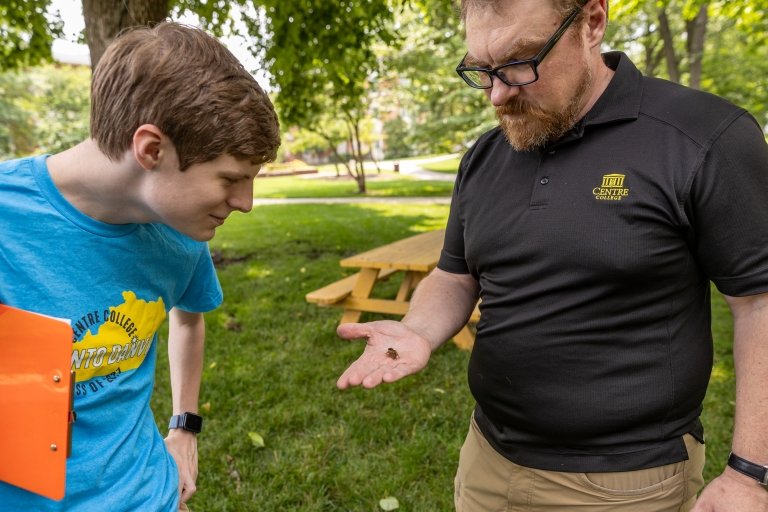
While there are literally billions of cicada samples to study across the emergence area this summer, researchers face the unique challenge of having all those subjects disappear at the end of the summer for 17 more years.
“I typically work with aquatic insects,” Galatowitsch said. “But this only happens every 17 years, so you have to take advantage of it.”
For Daniel, a Biology major with a particular interest in ants, the emergence came at an opportune time, providing him with a chance to conduct summer research with a faculty member mentoring him.
“Seventeen years ago, I was 3,” said Daniel. “So this is the first time it’s happened that I can remember. It’s very significant to have the opportunity.”
